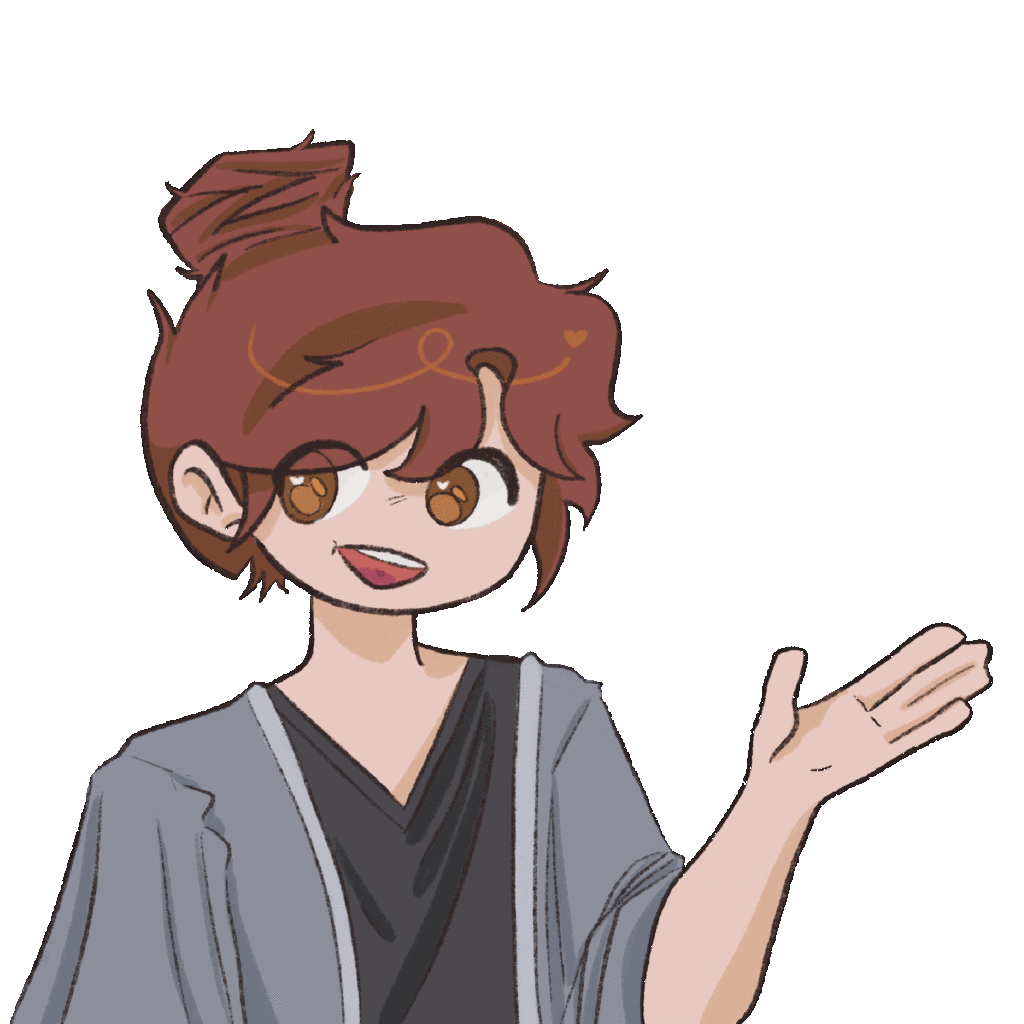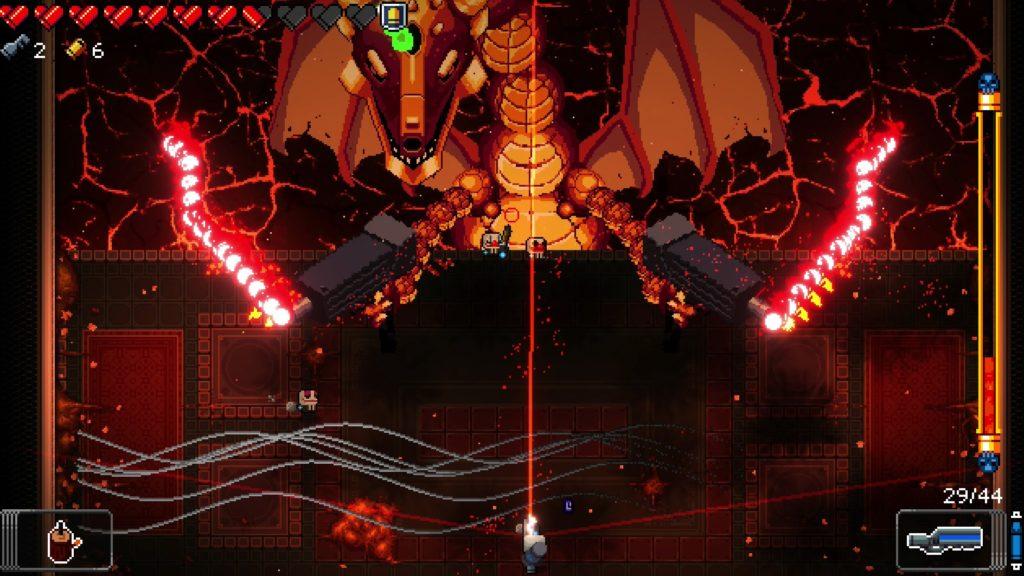Doki Doki Literature Club
Target Game Audience: Anime fans, Visual-Novel fans, Horror Game fans
Doki Doki Literature club is perhaps the most provocative game I have ever played. Team Salvato’s 2017 release, which I played on macOS through steam, appears at first glance to be an ordinary visual novel/dating sim-esque game. I, as the player, was invited to join an after-school poetry club and began lightly flirting with the four girls that were members of the club before me, playing innocent word-matching mini-games, earning a blush or an exclamation point depending on if I had chosen language that matched the personality of one of the girls.

The beginning of this game, while playing like a feminist, I played while holding this flirtatious and sugary framing at a distance. I was constantly aware of my male gaze and the methods in which the game played into it. During the first “chapter” of the game I was presented thes female characters similarly to collectables rather than characters with their own motivations.
However, this idea of collecting the girls, in retrospect, feels like part of the trap of the game. The script and vibe of the game quickly fractures when one of the characters is revealed to have committed suicide. The contrast between the cute and sparkly music and dialogue of the game and the isolated image of Sayori’s hanging body is incredibly frightening. The jarring and abrupt change from a dating sim to a psychological horror makes it impossible to continue playing the game with the same playful and sexually charged mindset that the first act encouraged. Doki Doki Literature Cub, by setting this trap, drew my attention directly to the way that the dating sims that it was pretending to be objectify and commodify these female characters. I was forced to confront the way that I had been complicit in turning the girls into points on an affection meter and means to a steamy cutscene. While the game breaks the fourth wall many times in it’s later acts, the weaponization of the very mechanics that empower the male player is the most powerful one.
However, I would be challenged to champion the game as feminist, as the way it flips the male expectation is very double-edged. By first inviting me to feel comfortable in the commodification of the female character and then punishing the characters with graphic trauma, rather than punishing me as the player, I think further emphasises the idea that these characters are present for spectacle and fuel for the horror twist; the suffering of the characters is instrumental rather than instructive. A game that was inspiring more feminist ideas would have let care, empathy, and genuine connection allow for the creation of meaningful outcomes. Instead, if the first act of the game allowed for a branch where the player could intervene and help with the increasingly downcast themes of Sayori’s poems, and success or failure in this pursuit might hinge on how consistently the player had observed and reacted to these warning signs, and not how happy they made the other girls with their poetry.
Systems such as this would not erase the theme of the game or erase the possibility of tragedy, but they would relocate some of the agency to the characters rather than having the suicide of the character amount to a jump scare. By implementing these changes, the narrative could turn depression and tragedy from the instrument of a cheap shock into the feeling of responsibility for the player. Granting these NPCs the ability to resist their own deletion or seek help would not soften the horror but demonstrate that emotional stewardship is the measure of success rather than the number of “trophies” that are accumulated.



